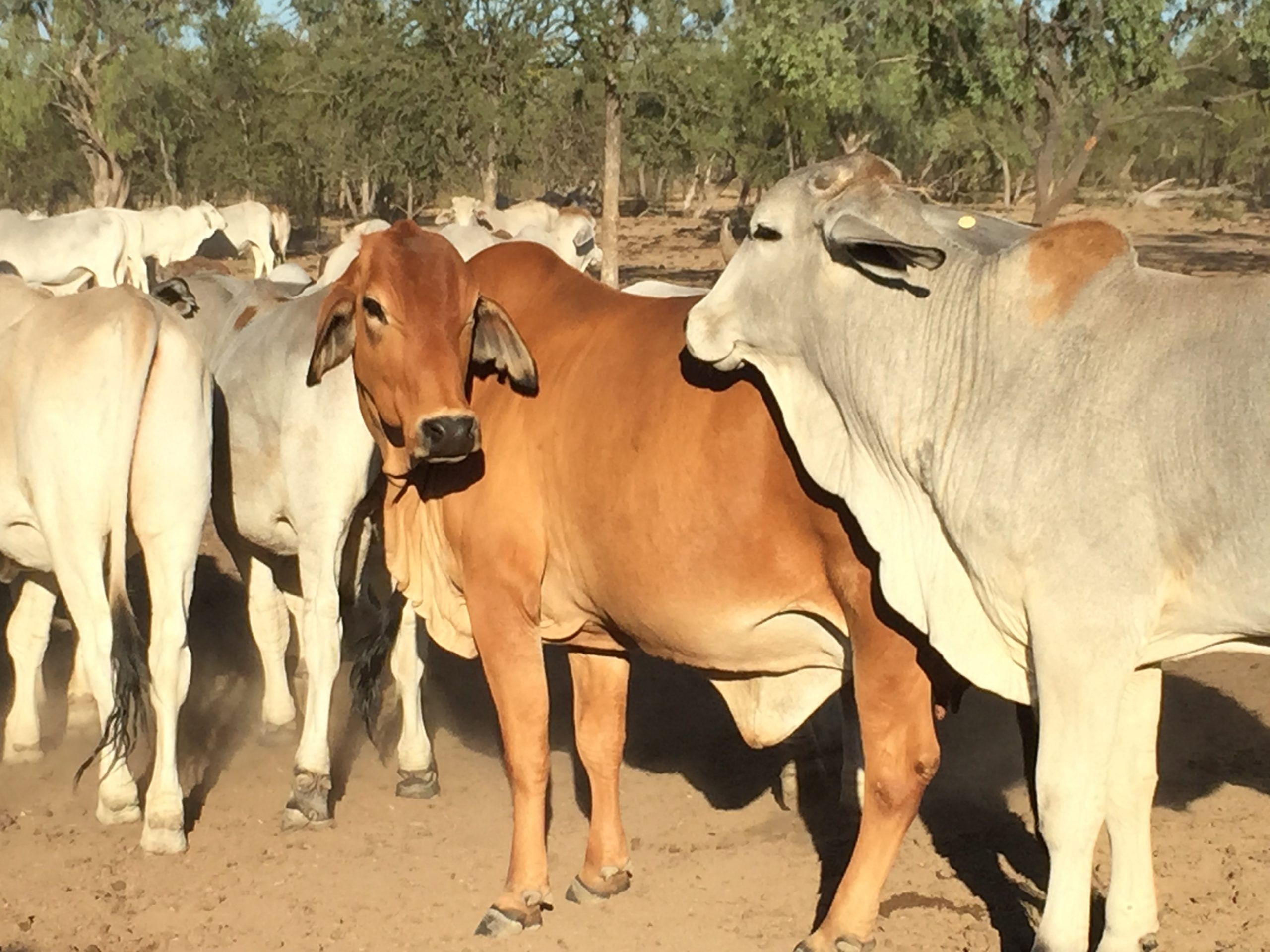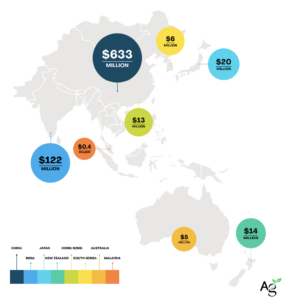Queensland Investment Corporation (QIC), the state-owned investment manager with A$78 billion ($60 billion) of superannuation (pension) assets under management, has launched an agriculture co-investment platform with the purchase of North Australia Pastoral Company (NAPCo).
The investment manager, which has been plotting arranging club deals to invest in Australian farmland for over a year, brought together local superannuation capital and the UK’s Pension Protection Fund (PPF) to purchase one of Australia’s oldest and largest agribusinesses. Australian Financial Review reported that the local super fund in question was the Queensland government’s Long Term Asset Advisory Board (LTAAB), although QIC would not confirm this.
This is a rare investment in Australia’s agriculture market by one of its own super funds as the bustling farmland investment market has been largely dominated by international institutions such as Canada’s Pension Plan Investment Board, US pension manager TIAA-CREF, and a range of different Chinese buyers.
There has been growing pressure on the local institutional market to step up and help the local agriculture industry grow, particularly after accounting firm and consultancy BDO revealed last year that just 0.3% of super fund assets were invested in agriculture.
Damien Webb from First State Super, one of the only super funds to commit to the sector in recent years, defended his peers saying that it was rare you could find assets of a big enough scale to tempt the superannuation industry. “Most of the opportunities in agriculture are around A$2 million or A$5 million. We need investment opportunities at A$100 to A$200 million to work on,” he told ABC News.
Scale was not an issue with the NAPCo deal; the business covers 5.8 million hectares (14 million acres), owns 178,000 head of cattle, and is estimated to be worth over A$400 million, according to local reports. That’s more than the highly coveted Kidman & Co farmland portfolio, which has been the source of much controversy in the wake of the government’s rejection of an A$370 million Chinese-led bid.
QIC plans to develop the NAPCo business, but will also look out for similar investment opportunities where it can bring local and international institutions together, said Phil Cummins, a principal in QIC’s private equity team.
“We believe QIC has a model that can facilitate long-term institutional investment in Australian agriculture,” he told AgFunderNews. “Importantly, what we’ve created here is a platform that allows local and foreign investment funds to invest alongside each other in a local asset. Additional capital and expertise will help develop the asset and the sector as a whole.”
QIC will invest on a much longer time frame than traditional 10-year private equity-style farmland funds; it expects to hold its 80% stake in NAPCo for between 20 and 30 years. This makes it particularly suitable for super fund investors who are now showing more interest in the sector, Cummins argues.
“It’s an emerging asset class — the time is right now given the strong agribusiness tailwinds such as the rise of the Asian middle class and the corresponding demand for high-quality protein. It’s logical that local superannuation funds have told us they want to participate in the right opportunities. These funds are seeking long-term sustainable returns,” he said. “A transaction such as NAPCo, and the agri sector in general, can deliver the sort of long-term term sustainable returns our clients seek to match their members’ needs for retirement income.”
Other investors have clearly thought the time was right for Australian agriculture too; local land agent CBRE reported that sales of agricultural assets in the country reached A$16 billion last year.
“Foreign investors are now competing head-to-head with resurgent domestic investor demand, despite a favourable change in the US dollar exchange rate,” Danny Thomas, CBRE agribusiness director, told The Australian.
The largest deals of the year were in beef cattle properties that have benefited from sustained high beef prices. And these have been largely dominated by Chinese investors, such as the $47m sale of the 700k-hectare Wollogorang and Wentworth stations to Chinese billionaire Xingfa Ma in June 2015.
Activity has not slowed this year with the approval of the A$280m acquisition of the Van Diemen’s Land Company to a company associated with Chinese billionaire Lu Xianfeng by the Foreign Investment Review Board and millionaire Brett Blundy’s acquisition of nearly 1 million hectares in the Northern Territories for A$97 million.
Investment groups have also been busy with Gunn Agri Partners securing its first three investments within months of each other, and Australian Pastoral Fund reportedly finding buyers for two of its properties in Queensland — Neumayer Valley and Kinbeachie. A subsidiary of Cargill purchased the latter property while it’s understood a Swiss investor is buying the former.
But with a drop in prices — 25% for live cattle landed in two months, and 15% for beef — there could be a pause in further farmland price climbs in the near term, according to a land agent prediciting a return to growth in early 2017.
Is this level of investment activity sustainable? What do you think? Email [email protected].

















Sponsored
International Fresh Produce Association launches year 3 of its produce accelerator